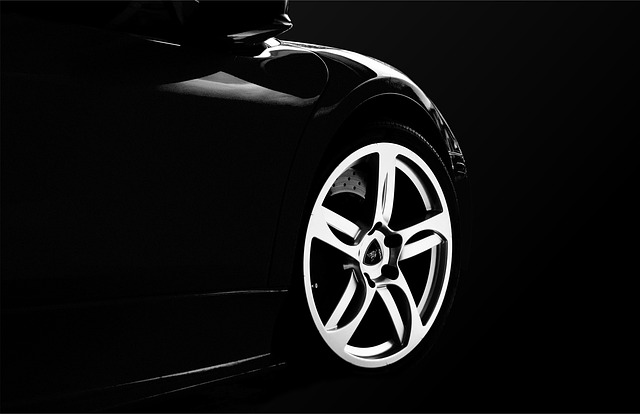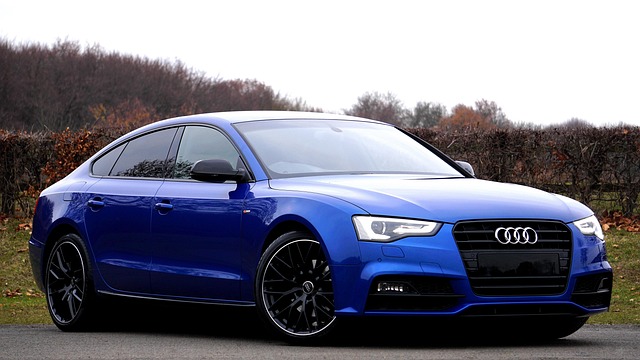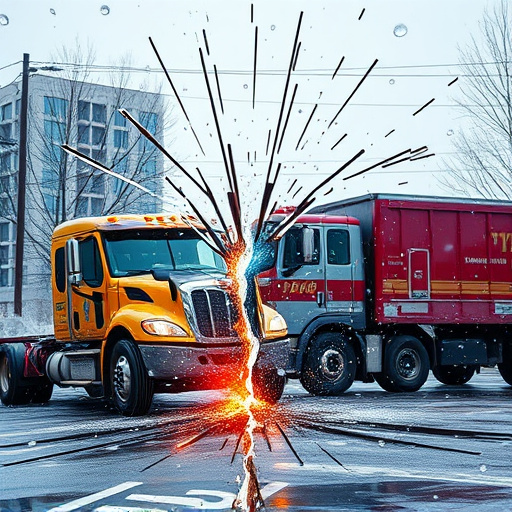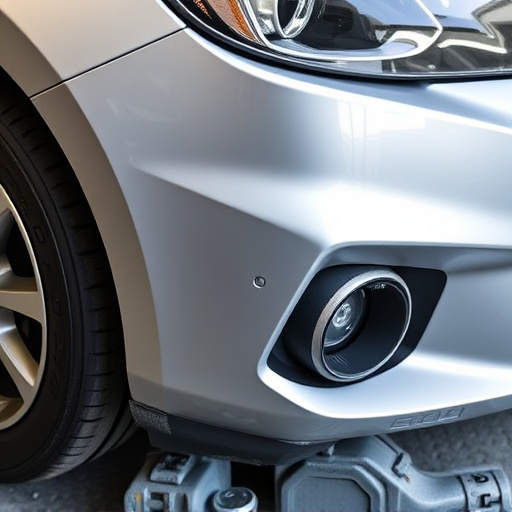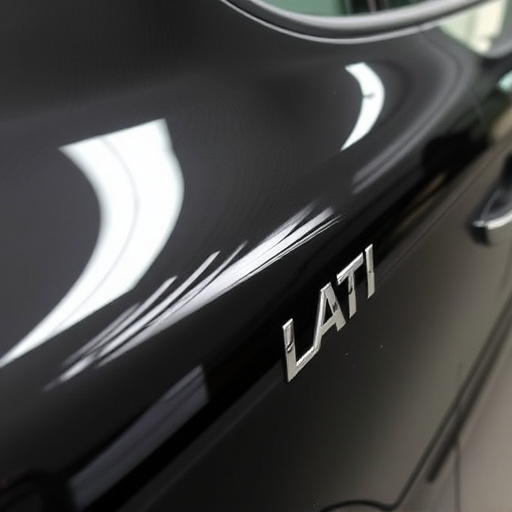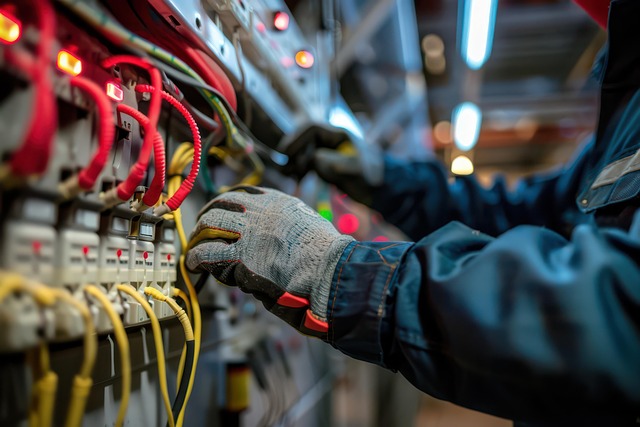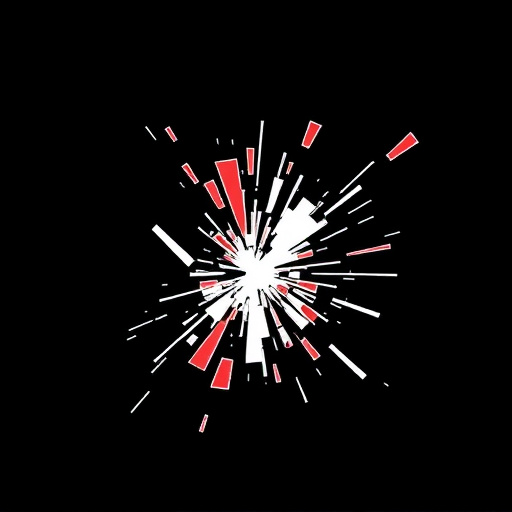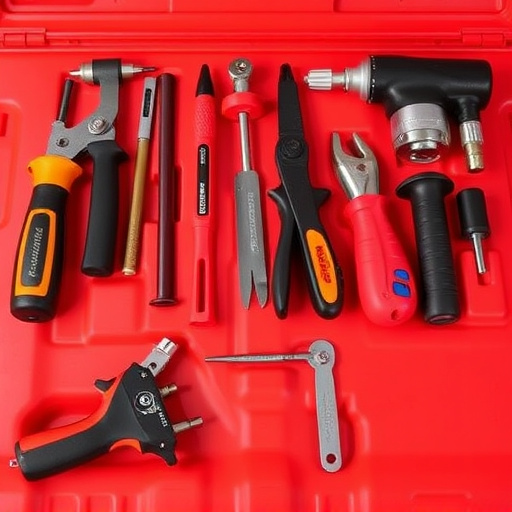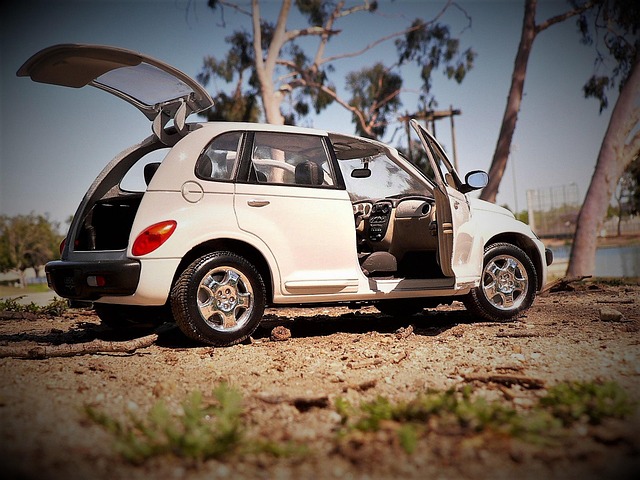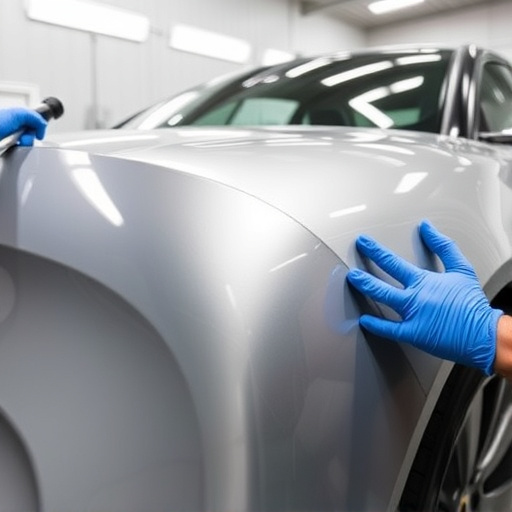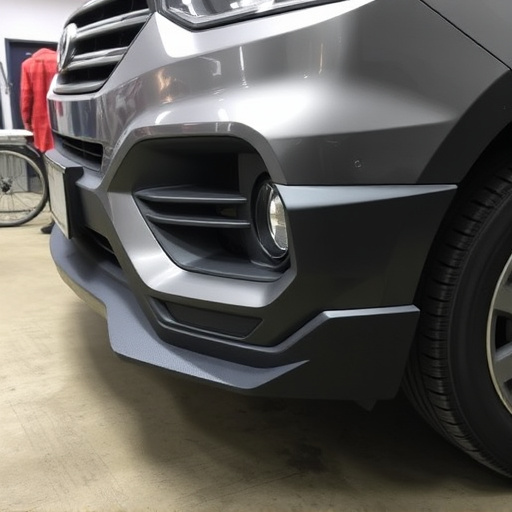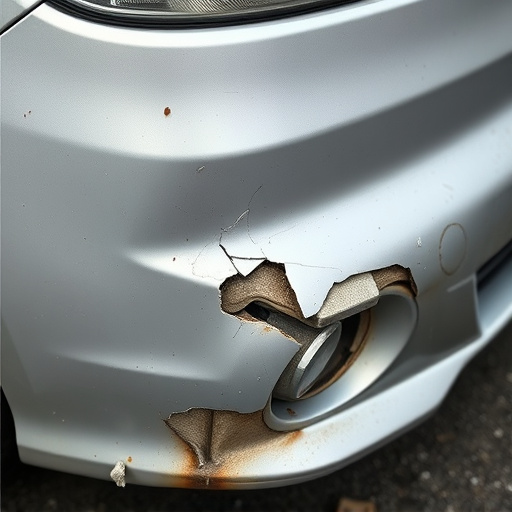Pulling system collision repair is a cutting-edge technique that uses specialized tools to delicately adjust damaged vehicle panels back to their original shape, minimizing scratch and mark damage. Ideal for minor collisions, it preserves aesthetics and factory finishes, enhancing car value and owner satisfaction. This meticulous process involves restoring structural elements, auto glass, and aligning the body to pre-accident conditions, ensuring long-term value retention through detailed cosmetic appeal and proper aftercare programs.
Pulling system collision repair is a game-changer in the automotive industry, offering efficient restoration of damaged vehicles. This article delves into the intricate world of this technique, exploring its impact on vehicle value retention. We’ll unravel the process, from understanding advanced pulling techniques to assessing aesthetic and functional restoration. Additionally, we’ll uncover strategies for long-term value preservation post-repair, providing a comprehensive guide for both professionals and car enthusiasts alike.
- Understanding Pulling System Collision Repair Techniques
- Impact on Vehicle Aesthetics and Functionality
- Long-Term Value Retention Strategies Post-Repair
Understanding Pulling System Collision Repair Techniques
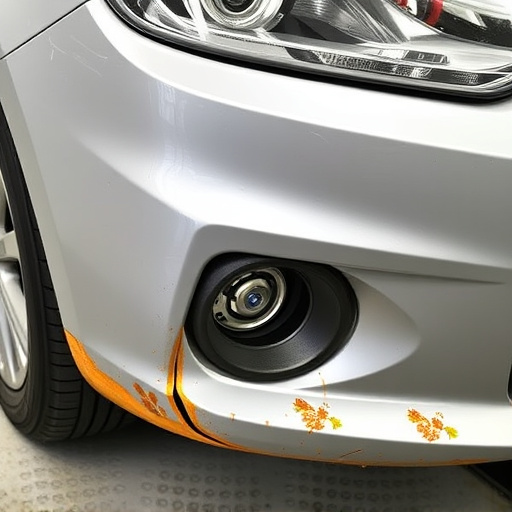
Pulling system collision repair is a specialized technique that has revolutionized vehicle restoration and body repair. This method involves using advanced tools and equipment to precisely pull and adjust damaged panels back to their original shape, rather than traditional hammering or welding. By carefully manipulating metal with minimal impact, this process effectively mends cars without leaving unsightly scratches or marks, preserving the vehicle’s aesthetic appeal.
It is particularly valuable for minor collisions where panel replacement might be cost-prohibitive. The pulling system method not only restores the vehicle to its pre-accident condition but also maintains its original factory finish. This level of craftsmanship ensures that vehicles retain their value better than those with visible repair signs, contributing significantly to the overall satisfaction of car owners and the secondary market’s perception of used cars.
Impact on Vehicle Aesthetics and Functionality
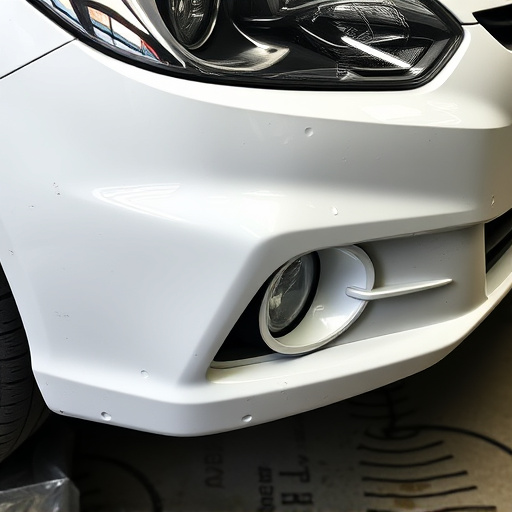
Pulling system collision repair can significantly impact a vehicle’s aesthetics and functionality, both internally and externally. When a car undergoes this type of repair, it involves meticulously reassembling components that were damaged in an accident, ensuring every part aligns perfectly to its original specifications. This process is crucial for maintaining the vehicle’s overall look and performance.
Visually, pulling system collision repair aims to restore the car’s pre-accident condition. It includes repairs to structural elements like frames, panels, and body components, which are often the most visible parts affected during collisions. A skilled auto glass repair technician might also replace cracked or shattered windows, ensuring clear visibility and enhancing safety. In a car repair shop, expert technicians use advanced equipment to realign and straighten the vehicle’s body, addressing any misalignments caused by the collision. This meticulous attention to detail ensures that the car not only looks like new but also functions as it should, preserving its value in the long run.
Long-Term Value Retention Strategies Post-Repair
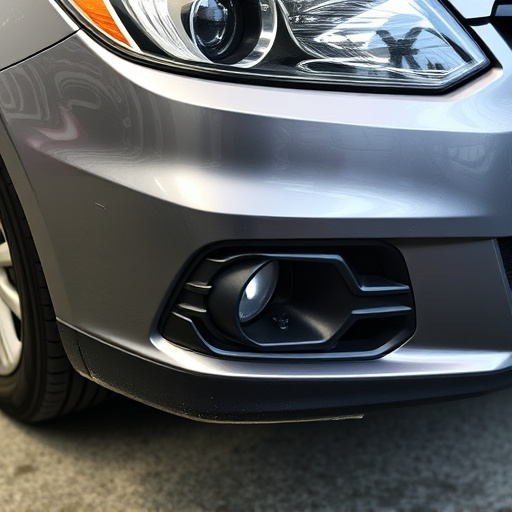
After a pulling system collision repair, focusing on long-term value retention involves several strategies. One key aspect is ensuring the structural integrity and cosmetic appeal of the vehicle are fully restored to pre-accident condition. This includes meticulous panel alignment, seamless paint job, and careful restoration of all components to their original specifications.
Additionally, establishing a robust aftercare program can significantly enhance long-term value retention. Offering ongoing auto repair services, such as routine maintenance checks, quality parts replacements, and timely service for any post-repair issues, builds customer trust and loyalty. This, in turn, increases the likelihood of repeat business and positive word-of-mouth referrals, ultimately contributing to the vehicle’s sustained market value over time. Moreover, integrating automotive restoration techniques can help revive the vehicle’s aesthetics, making it more desirable in the secondary market.
Pulling system collision repair offers a unique approach to restoring vehicles, combining precision with cost-effectiveness. By understanding the techniques and their impact on aesthetics and functionality, car owners can make informed decisions to preserve long-term vehicle value. Implementing post-repair strategies that focus on thorough documentation, quality assurance, and marketing transparency ensures that these repairs not only restore safety and performance but also maintain a high resale value, making it a smart choice for anyone looking to protect their investment.
